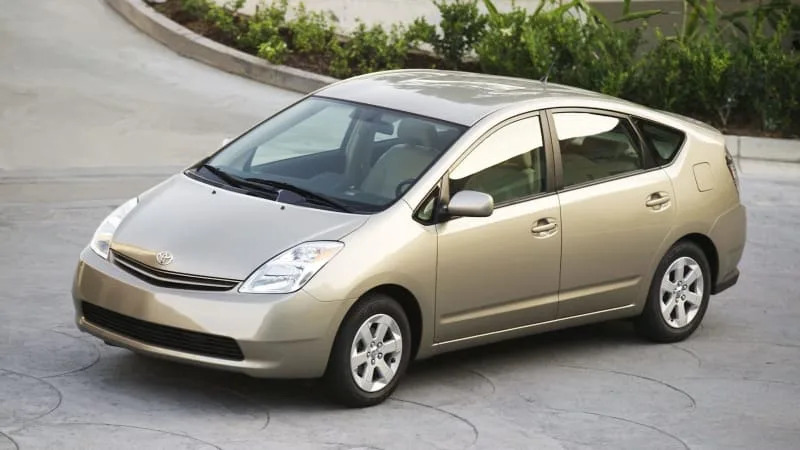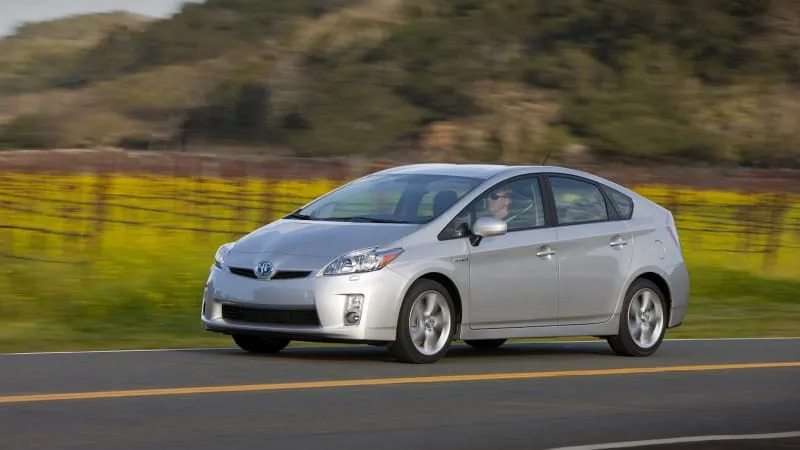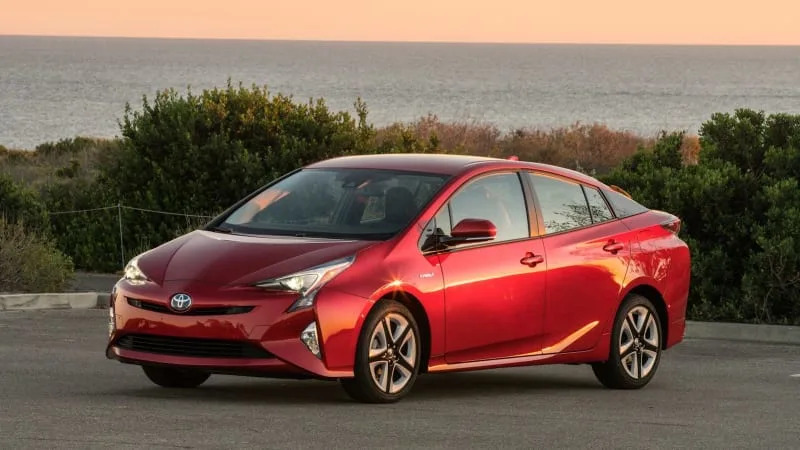What is a hybrid car and how does it work?

The arrival of the Honda Insight and the even more impactful Toyota Prius back in the 1990s ushered in the era of hybrid cars. Now, 25 years later, hybrid powertrains are enjoying a groundswell of interest from car buyers, who see the technology as a stepping stone to a fully battery-electric car.
The combination of an electric motor and gas engine to send power to the car’s wheels ignited a revolution in fuel economy. There were just under 10,000 total hybrids sold in 2000, but by 2023, hybrids and fully electric cars combined made up 16.3% of U.S. car sales, with hybrids and plug-in hybrids outselling pure EVs. Hybrids are expected to surpass 20% of total vehicle sales in 2024, and automakers are scrambling to build more of them.
So what, exactly, makes a hybrid car a hybrid? And why are there different kinds of hybrid vehicles?
The simple answer is that a hybrid car features both an internal combustion engine (almost always one that runs on gas) and an electric motor that combine to provide power to the vehicle. In most cases, the electric motor is smaller than what would be found in a fully electric vehicle, and also smaller is the battery pack that feeds electricity to the motor. Similarly, a hybrid car’s combustion engine is usually tuned for efficiency, not power, since power from the electric motor and engine are typically combined to move the vehicle.
What is a hybrid car?
Electric cars can be expensive and difficult to produce. Pure battery electric cars may also present issues with range or charging locations for some owners. That’s where the hybrid car comes in: By combining the easy refueling of an ICE vehicle with the efficiency-enhancing assist of an electric motor and battery, the hybrid can help drivers get better fuel economy and reduce emissions while allowing a normal driving range.
The Toyota Prius is the most successful hybrid vehicle ever produced. The latest Prius is pictured at the very top of this article. Below are all four prior generations of the Prius sold in America, starting with the 2000 (top left), 2004 (top right), 2010 (bottom left) and 2016 (bottom right).



Hybrid cars are, as you might expect, somewhat more complicated to design and produce than a traditional ICE vehicle, or a pure electric vehicle for that matter. Because hybrid cars use both ICE power and electric power, in some ways they are two cars in one — and must blend both types of car into a single driving experience.
So now we know that hybrid cars are called hybrids because they are a combination of two types of powertrain. But there are also different types of hybrid cars. Technically, there are four types: Mild hybrid, parallel hybrid, series (or range-extender) hybrid, and plug-in hybrid.
Of those four, we’ll only touch briefly here on mild hybrids. It’s enough to know that these typically have a small electric motor, often placed between the engine and transmission, that provides an incremental assist when accelerating from a stop. An example would be the eTorque mild hybrid system offered on Ram trucks. Mild hybrids offer only a slight gain in fuel economy.
Serial vs. parallel hybrid cars
Hybrids are commonly of two types: serial or parallel hybrid cars. So what do these terms mean?
A parallel hybrid is what you probably think of when you think of a hybrid. It’s how the Toyota Prius works. There’s an ICE engine and an electric motor, and both can work at the same time to provide power, or either one can work on its own. Both are capable of directly providing the torque that moves the vehicle forward.
A serial or series hybrid, on the other hand, can be thought of as an electric car with an onboard generator. Like the original Chevrolet Volt, a serial hybrid uses its ICE engine to charge its battery pack, like a generator would, and then uses the electricity stored in the battery pack to drive the wheels with an electric motor.
To further complicate things, a car like the Honda Accord Hybrid can operate both in parallel and in series. The engine can power the front wheels under some circumstances, but most of the time the car is being propelled by the powerful electric motor – the engine is just there to replenish the battery and does not directly drive the car.
Plug-in hybrid vs. regular hybrid cars
Finally, there’s the matter of plug-in hybrid cars and how they differ from regular hybrids. No matter whether a hybrid is a serial or a parallel hybrid, it can be either a plug-in hybrid or not. To be a plug-in hybrid, a car must have the ability to have power plugged into it to charge the onboard battery. Any hybrid without this ability, and which therefore relies solely on regenerative braking and the on-board ICE for charging, is not a plug-in hybrid.
Plug-in hybrids are therefore more like electric cars than like traditional ICE-only cars. Accordingly, many plug-in hybrids offer extended electric-power-only driving range compared to conventional hybrids.
Today, nearly every type of vehicle offers hybrid options, from the Toyota Prius hatchback to the Toyota RAV4 sport utility vehicle and even the Ford F-150 hybrid pickup truck and Jeep Wrangler off-roader.
What isn’t a hybrid car?
Cars powered solely by internal combustion engines
To understand what makes a car a hybrid, it helps to know what makes a car a non-hybrid. Think back to the first car your parents had when you were a kid. Unless you’re younger than 23 years old, it probably wasn’t a hybrid — it was an internal combustion engine, or ICE, car, much like the very first cars to be mass produced back at the turn of the previous century.
The majority of the vehicles sold today are ICE vehicles, from compact cars to pickup trucks. The gasoline, diesel, natural gas, or other combustion engines in these vehicles, without the benefit of any electric drive power, are what make them non-hybrids.
Electric cars
With concerns about emissions and the environment rising over the past several decades, more and more carmakers have begun researching and building electric vehicles as a way to reduce the carbon emissions typically found with ICE vehicles. These cars completely do away with the combustion engine and replace it with an electric motor, a battery pack, and sophisticated electronics that allow it to drive on electricity alone.
Senior Editor Jeremy Korzeniewski contributed to this article.







